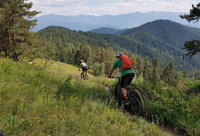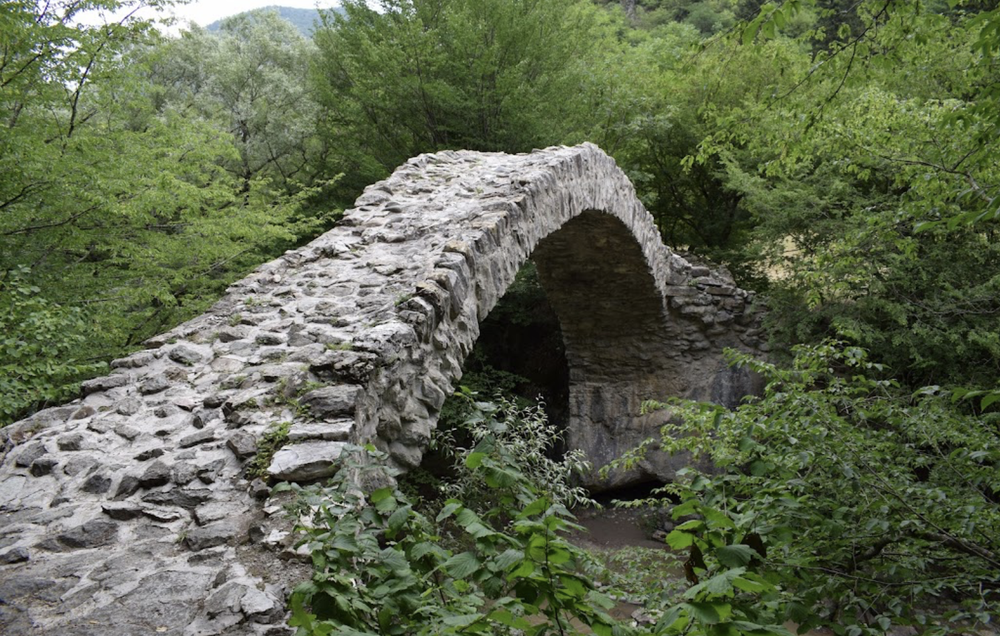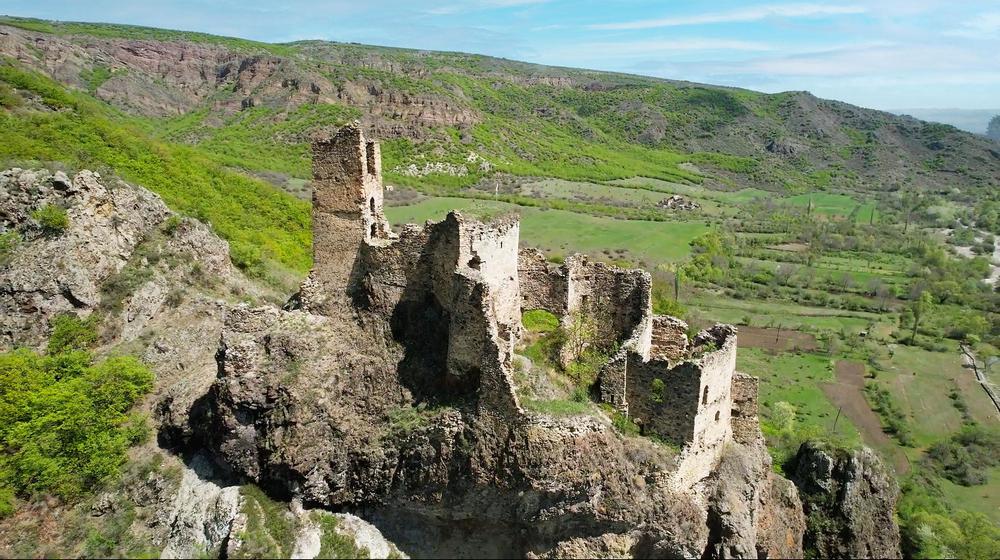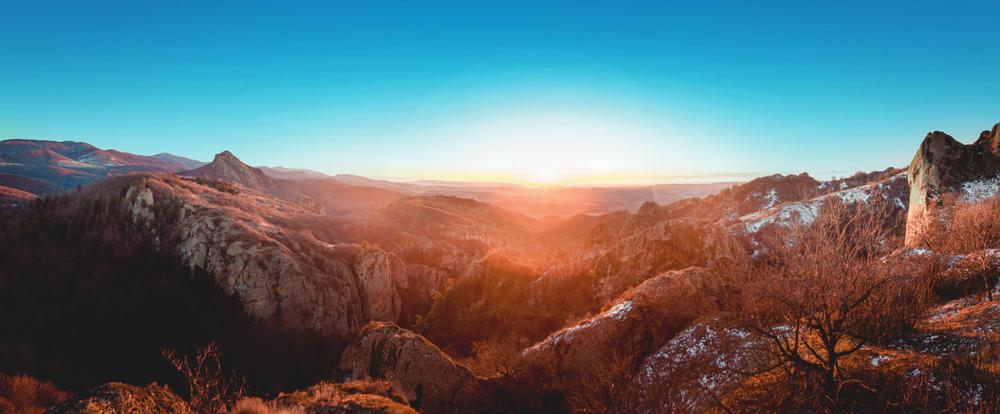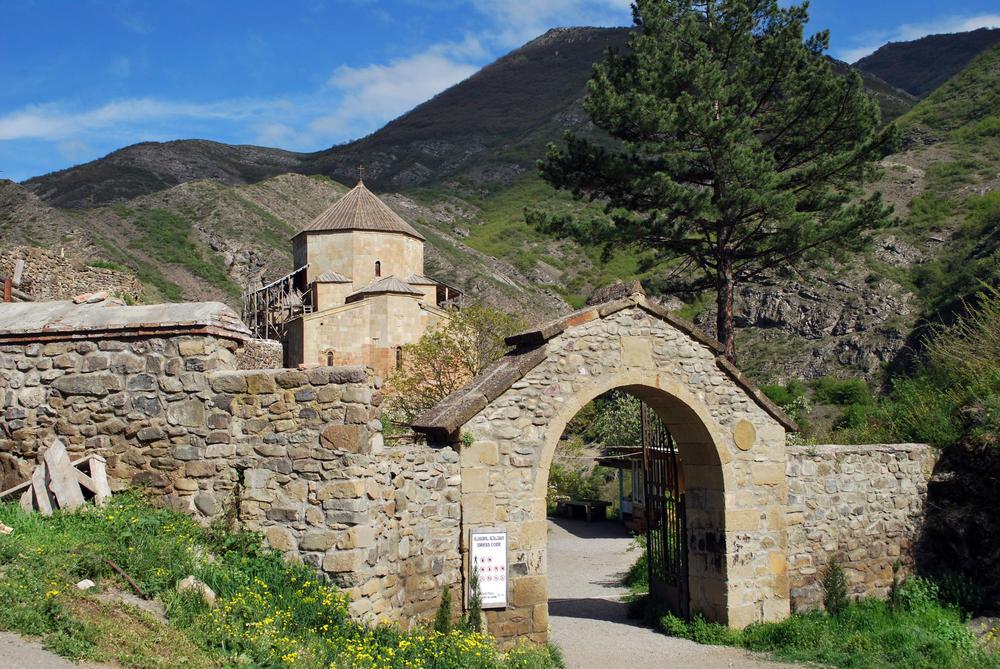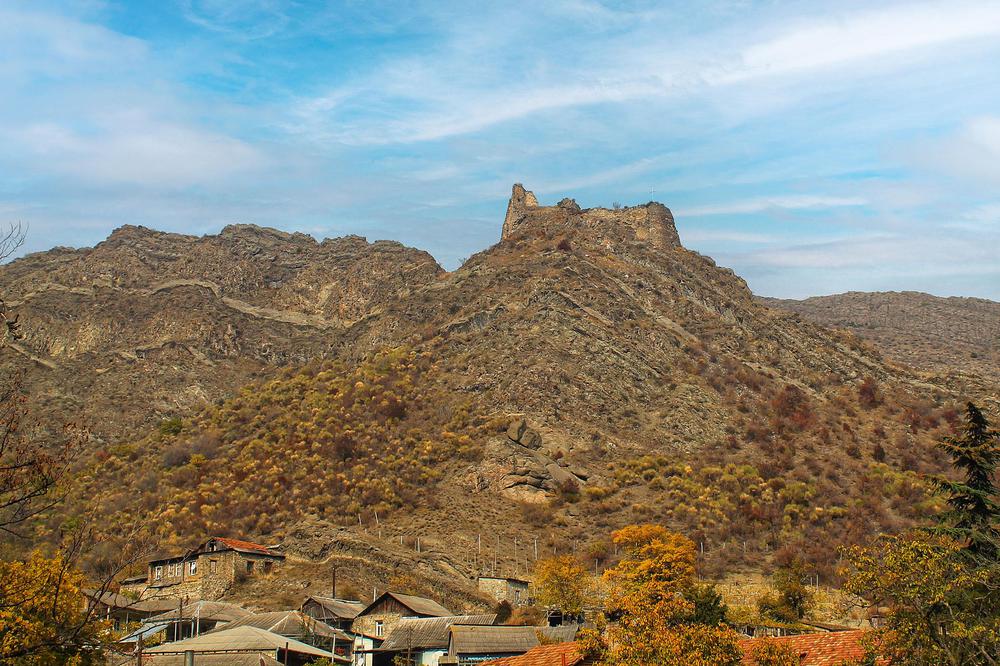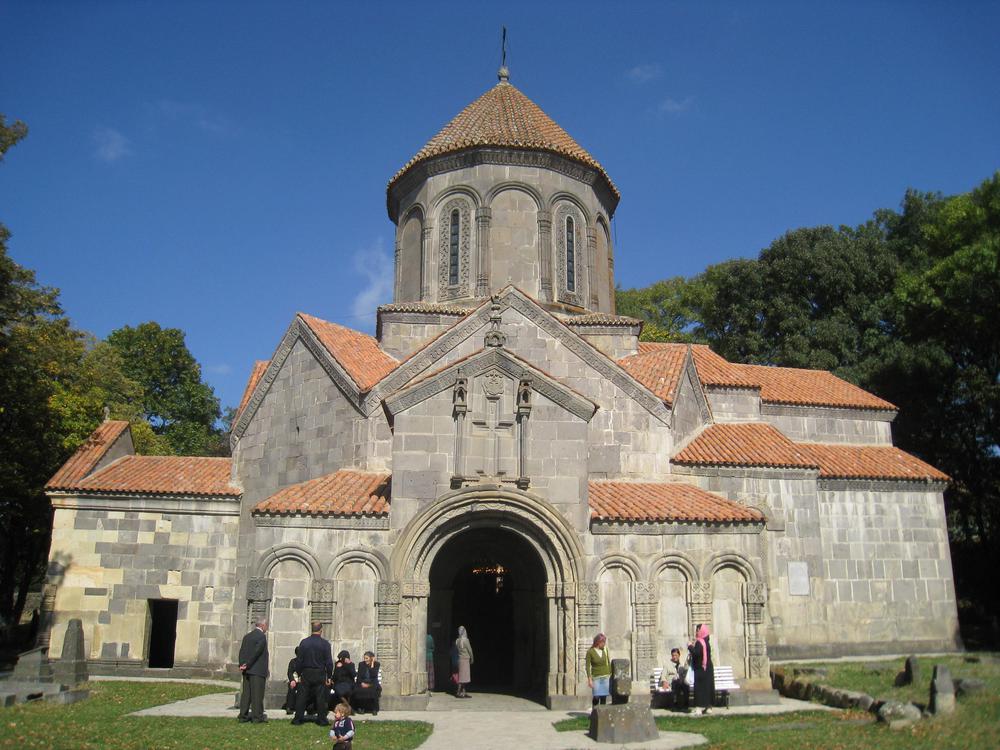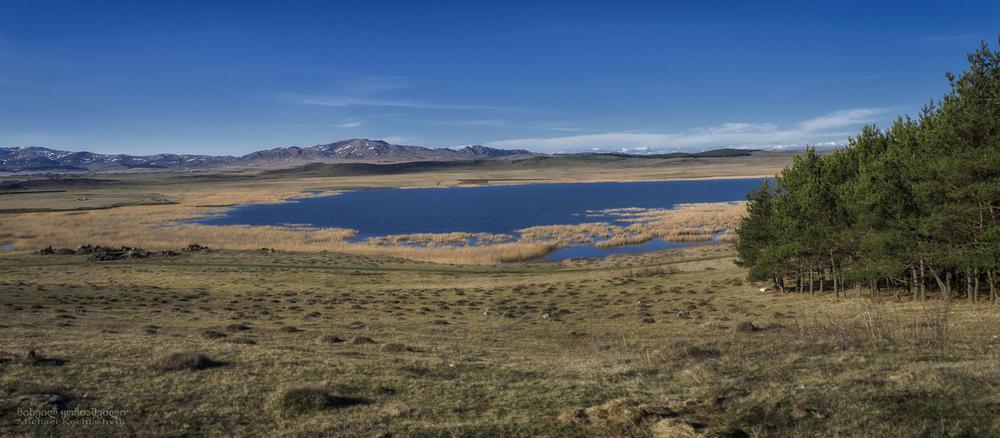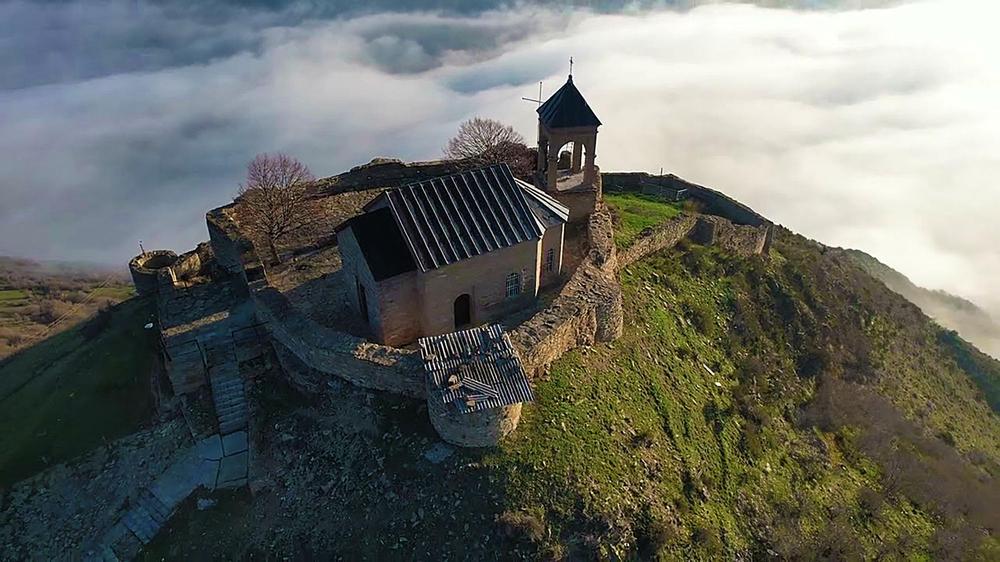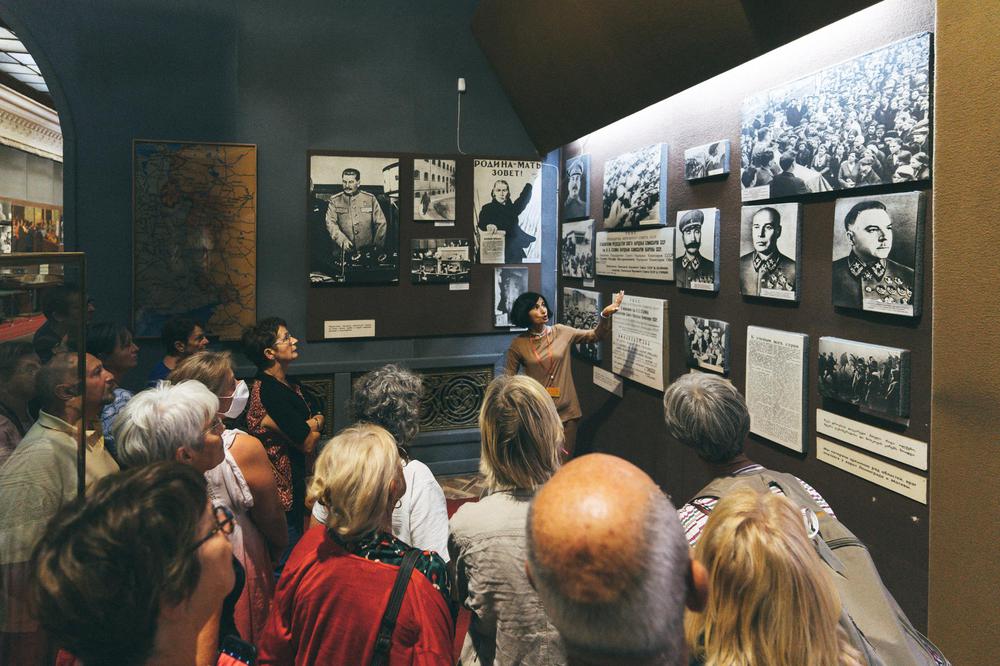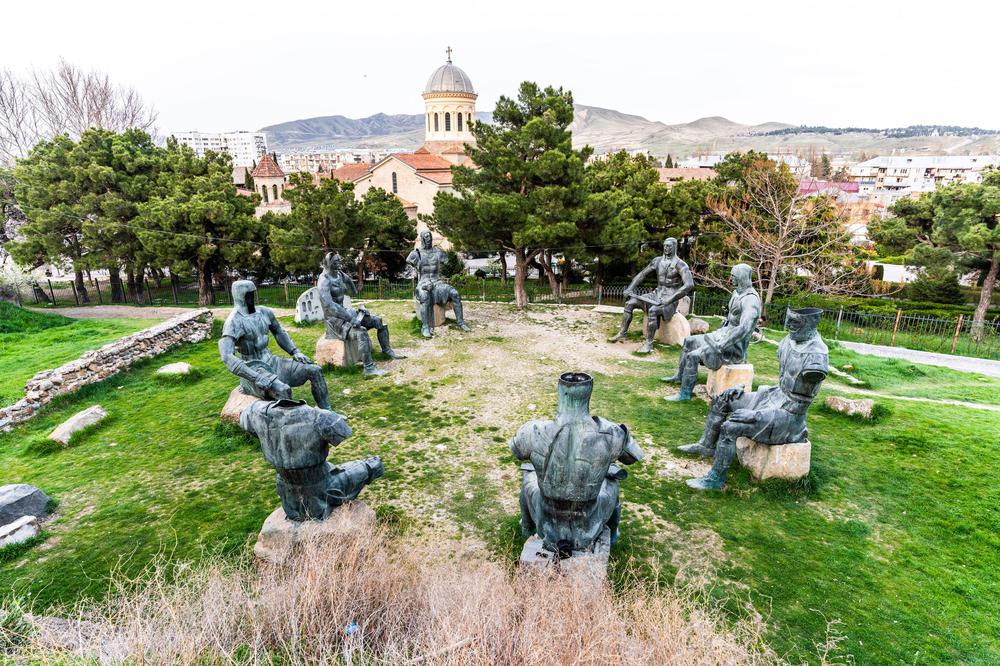Rkoni Monastery, located in the secluded valley of Shida Kartli’s Kaspi Municipality, is an ancient Georgian Orthodox site dating back to the 7th century. The monastery's isolated location, perched on a mountain side above the Tedzami River, is reachable only by crossing the historic Queen Tamar Bridge. This semicircular stone bridge, built in the 11th century, spans 12.5 meters (41 feet) in length and 2.2 meters (7 feet) in width, leaning against natural rocky foundations. The bridge and surrounding dense forests, rough terrain, and steep valley walls made Rkoni not only a religious sanctuary but also a strategic military outpost.
Throughout its history, Rkoni Monastery served multiple roles—from a defensive fortress against Arab invasions to a vital trade link connecting Shida Kartli with regions like Javakheti and Trialeti, extending to the Middle East. It has been repeatedly rebuilt over centuries, with key construction phases in the 7th, 13th-14th, and 16th-17th centuries. The site’s architecture includes a three-nave basilica known as the Church of the Assumption, featuring semicircular arches and vaulted ceilings with fragments of paintings from various periods still visible today.
The complex also houses a chapel, a refectory, and a bell tower with two stories. The refectory, built in the 13th-14th centuries with stone fragments and vaulted roofs supported by arches, now lies partially ruined. The bell tower, dating from the 16th-17th centuries, retains remnants of its historical frescoes. A two-story tower near the refectory once served as a defensive lookout, with windows on each floor and a ground-level entrance.
Rkoni’s history is marked by destruction and resilience. In 1400, the invading armies of Tamerlane ravaged the monastery during their raids through Georgia. However, the site was rebuilt, and by the 16th-17th centuries, Rkoni remained a well-fortified area, though gradually depopulating. By the early 20th century, during the Russian Revolution of 1905, the monastery's isolated location provided a clandestine refuge for a workshop producing weapons and explosives for the rebellion, which ultimately went undetected by the Russian authorities.
Today, the Rkoni Monastery Complex stands as a testament to Georgia's tumultuous history, a blend of spiritual devotion and strategic ingenuity. Despite its partial ruins, the site offers a vivid glimpse into the past, with every stone and arch telling a story of resilience and adaptation through centuries of conflict and change.

